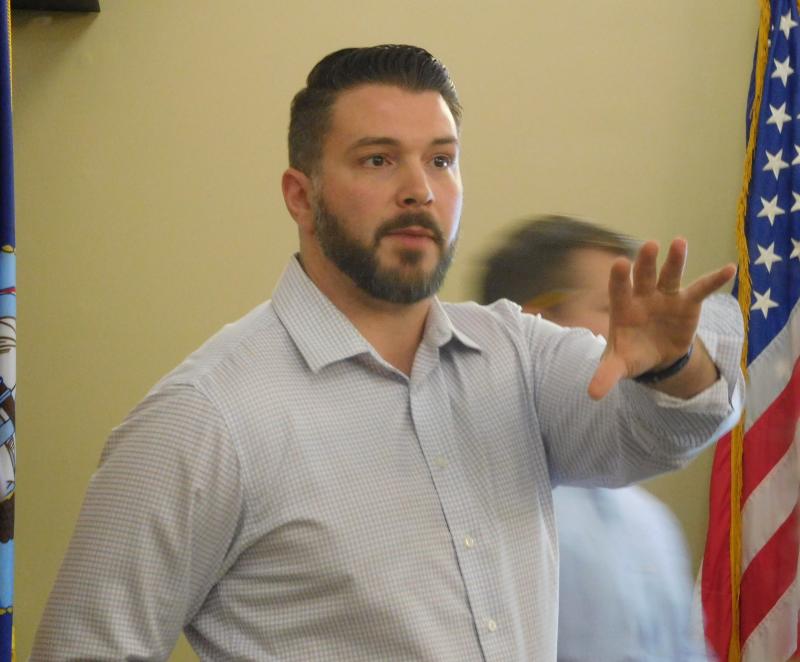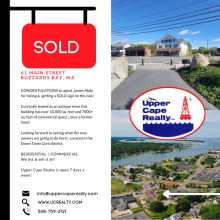Solar proposal shines light on bylaw ambiguity
MARION — A solar developer is in talks to propose a $1.15 million PILOT agreement with the town of Marion to purchase land for a 20 year solar energy project at 78 Wareham Road, hinging on whether the town’s definition of large scale clearing works with their needs.
At a Planning Board meeting on Nov. 17, solar developer ZPT Energy Solutions continued a presentation that it gave at the last board meeting, outlining the benefit of their solar services, and seeking information about whether a solar contract would be feasible.
ZPT is a solar energy company that coordinates with different solar farms to provide credits to individuals, businesses or municipalities to reduce the total amount that they would pay on electricity bills.
“So say your total bill to Eversource every month for delivery and supply is $100,” ZPT President Brendan Gove said, “I’m going to allocate $100 worth of credits onto your account, and then you’re going to pay me $90 for it,” he explained.
The ZPT model is based on having multiple sites and amortizing the cost of each solar facility that they have against all the other projects, so that they all average out. For Marion, their proposal hinged the landfill site, and the Wareham road site.
However, the Planning Board made it clear that they did not have the authority to approve the project, as per the bylaw.
“This is being proposed in a residential area, with large scale tree clearing, it seems like it violates our bylaw,” said Andrew Daniel said, “and I don’t think we have the power to overrule the majority of the town that was there and voted to approve that bylaw.”
However, ZPT energy stated it cannot wait for a May Town Meeting vote.
Chris Harris, one of the direct abutters, is concerned about the noise that solar arrays will make, sometimes as loud as 85 decibels, which is as loud as a bulldozer. That section of Route 6 is very quiet, he explained, and the noise would be a total shock, “relative to the absolute tranquility I have.”
A letter from another abutter, revealed concerns about the size of the project relative to clear cutting, the impact on the sightline, and potential impacts of habitat destruction on endangered species.
Ted North also weighed in, pointing out that many solar companies are highly predatory and that this would be the largest commercial venture in Marion. He also pointed out that the 18 acres the project would require between the two sites would be a large-scale clearance, urging the town to enforce the bylaw.
The bylaw specifies that there cannot be large scale clearing of land, which led Gove to ask what “large-scale” meant in that context.
At first board members gravitated to a percentage of total land that the owner has.
“So, is clearing over 18 acres large-scale if I buy over 60 acres?” Gove questioned.
Board members could not give a direct answer, but gradually adopted a more location-based definition about what constituted large-scale.
“It’s a relative judgement made by the planning board depending on where it is,” said Chair Will Saltonstall, “For instance, one acre in the village is a lot different than one acre at the outskirts of town.”
Some board members were concerned with the clearing that has already happened along Route 6.
“I’ll make a point that the clearing that’s already happened out there is noticeable,” said Norm Hills.
Although numerically even five acres does not seem like a lot, planning board members pointed out that the site also makes a difference.
“For a very small coastal town, right on the Route 6 corridor, five acres is a big deal,” Daniel said.
Gove then asked for an exact number of what would be too large, so that he could run it by his planning team to see if the development would still be worth it.
Planning board members did not come up with one, but resolved to have each member consider it, and to continue discussion at the next meeting.













